Early Hormone Issues
In my mid 20’s, as a married woman I wanted to become pregnant. I went off birth control pills and discovered, once off birth control, I did not have periods. It became clear I would have trouble conceiving. It was initially thought maybe I had PCOS since I was a bit overweight. Progesterone challenge yielded scant to no vaginal bleeding. I ultimately ended up at Mass General in Boston for a clinic trial using pulsatile GnRH for anovulatory infertility.
As a part of the trial, my LH levels were measured multiple times an hour for over 10 hours. The testing revealed that my LH was flat lined. I was a candidate for the GnRH pump. Once one became available, I flew back to Boston. An ultrasound of my uterus revealed a prepubescent sized uterus and the GnRH pump was inserted. Within a week, I was pregnant. I was told I had hypogonadotropic hypogonadism. Labs were also performed on my two sisters and my mom. It was determined that my condition was a result of a head injury that I received in a motor vehicle collision in 1995, at the age of 16.
I felt phenomenal when pregnant, what I feel like ‘normal people’ feel like all the time. I had a good amount of energy and mental clarity. The pregnancy was uneventful. Postpartum, I developed severe vaginal dryness and atrophy of the tissues. I had diffuse muscle and joint pain, numbness particularly in my hands and a lot of achiness. Within a few months, I was having difficulty climbing stairs. My legs would shake. I eventually found myself at a functional medicine doctor. All of my hormone levels were low. FSH, LH were always low. In addition, I had low progesterone, nonexistent estradiol and testosterone levels. IGF-1 was 11, the lowest he had ever seen. I started Semorelin 0.3 subcutaneous nightly, along with estrogen, testosterone and progesterone, and thyroid replacement. Over time, I began to feel more ‘normal’.
Craniocervical Problems
As a young person, I always recall having lower amounts of energy than others around me, required more sleep and poor exercise tolerance. Interestingly I have never been able to blow dry my hair or hold my arms above my head for any period of time due to fatiguing of my arms.
In December of 2019 through March 2020, I developed tightness of the right side of my body which developed into difficulties with balance, and right sided weakness, dysphonia, dysphagia with liquids, shortness of breath, and urinary incontinence. An area was found on my cervical spinal cord and it was felt to be the beginnings of MS. I was admitted for IV steroids without significant change. I strongly felt my symptoms were positionally worse when I slept prone with my neck extended. An initial neurologist, I saw felt I had cervical stenosis and when the neck extended I was pinching my cord due to lack of space in cervical canal. After progressive worsening for 2-3 months, I underwent C4-7 fusion for cervical myelopathy and my symptoms improved dramatically but began to return 6-8 weeks after surgery albeit not as severe. By the fall of 2020, I was experiencing worsening fatigability, shortness of breath and voice fatigue worse after being upright for a period of time I would have to lay down between seeing clients. If I wasn’t working for myself I would’ve had to stop working. Symptoms stabilized a bit once I returned to wearing a hard cervical collar nightly.
In January of 2021, I saw a specialist in craniocervical instability. He reviewed my flexion/extension MRI images and felt C3-4 was a problem, he called it a rotary disc herniation and a slight Chiari malformation. I returned to my surgeon, who on March 6, 2021 performed C3-4 fusion and revised C4-5 and C5-6 due to lack of subarachnoid space or residual stenosis. Post-surgery, I could finally lift my arms above my head, my balance was restored and my reflexes returned to normal. I felt like I finally had my life back. I followed a low inflammation diet because he had told my mom there was a lot of scar tissue. My right leg was not tight or heavy when I woke up in the morning. No numbness to my hands. The deformity I had developed in my right hand had resolved. Unfortunately, just over 8 weeks after surgery some of symptoms began to return. I am back to wearing a cervical collar every night, provided I do this, my balance is better. I still occasionally have muscle fasciculations in quads and glutes. Hyperreflexia and Hoffman’s sign had returned.
Heart Rhythm Irregularities, Hypermobility Disorder, and Vitamin Deficiencies
Incidentally found on pre op electrocardiogram was an interventricular cardiac conduction delay. I was cleared for my second cervical fusion by cardiology. This had developed between March 2020 and March 2021.
During my work up the doctor diagnosed me with hypermobility spectrum disorder and ordered a micronutrient test which was telling. Over the years, every vitamin I have been tested for has been low. So I have taken a multivitamin, B12 and vitamin D for years, but it doesn’t appear that supplementation has helped. Intrinsic factor was high normal at 17. The micronutrient tests showed abnormally low vitamin K1, K2, zinc, iron, and selenium as well as low serine and asparagine. While many of the vitamins tested within the reference ranges, most were at lower end and below average.
I have an identical twin sister and she has helped me along this journey. Given our family history she worries about her own health and our future. She found the Hormones Matter website and began investigating thiamine issues and I began investigating mitochondrial deficiencies.
I uploaded my Ancestry DNA data to Genetic Genie and found homozygous pattern for mitochondrial disease Allele GG
Gene: MT-ND4
Variant: m.11467A>G
rsID: rs2853493
Livewello results for mitochondrial dysfunction revealed three sets of homozygous SNPs.
- Rs1142530. TT
- Rs 11666067. AA
- Rs 1051266. CC
Results of Mitoswab testing: citrate synthase 15.58 (128%); RC I 4.8 (71%); RC IV 0.585 (189%); RC II 0.218 (113%); RC II + III 0.041 (45%).
I have an appointment pending at Children’s Hospital of Philadelphia for October for their Mitochondrial Medicine Clinic.
Diet and Supplements
I am currently on Thorne multivitamin elite, allithiamine – 50mg two daily, one carnitine 500mg two times per day. Coq10 2 times a day, Thorne 3-k complete one per day.
My diet is good and always has been. I eat more fruits than vegetables; more lean meat than not, rarely if ever a soda. I have a sweet tooth and eat some carbs, but keep it under control. Alcohol max of 3-5 drinks per week.
Weight has always been an issue. I am currently 210lbs at 5’8”. My energy level is low and I feel the need to nap daily.
Family History
- Maternal grandmother developed ALS at 72 and died the same year she was diagnosed.
- Dad died at 52, insulin dependent diabetes mellitus, depression, headaches, enlarged heart.
- Paternal uncle died at 53, non-insulin dependent diabetes mellitus. He had poor health his entire life.
- Paternal aunt died at 60 after greater than 10 year battle with Parkinson’s disease.
- Paternal aunt died at 70 after ten year battle with immobility and memory loss, Alzheimer’s with ataxia. She also had IDDM, as did all three of her children by the age 12.
- Niece and nephew have a MODY 2 genetic defect, which is a form of maturity onset diabetes of the young causing elevated HbA1c.
- My eldest sister age 44, has always suffered with severe headaches, severe insomnia (melatonin level 0), hip and back issues. Multiple back surgeries and hip replacement at 39. She started on good multivitamin and saw significant improvement in muscle pain.
- Twin sister has easy fatigability, shortness of breath, headaches and jaw pain. Noticed improvement with Thorne’s multivitamin elite, Neurochondria, and magnesium.
We Need Your Help
More people than ever are reading Hormones Matter, a testament to the need for independent voices in health and medicine. We are not funded and accept limited advertising. Unlike many health sites, we don’t force you to purchase a subscription. We believe health information should be open to all. If you read Hormones Matter, like it, please help support it. Contribute now.
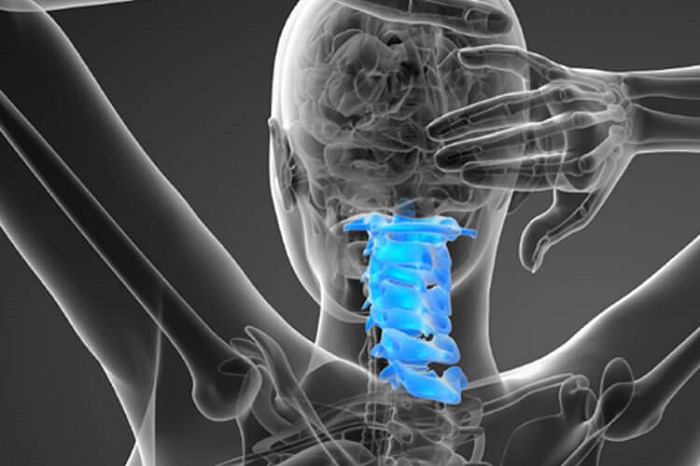





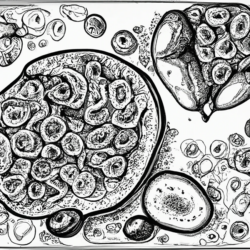

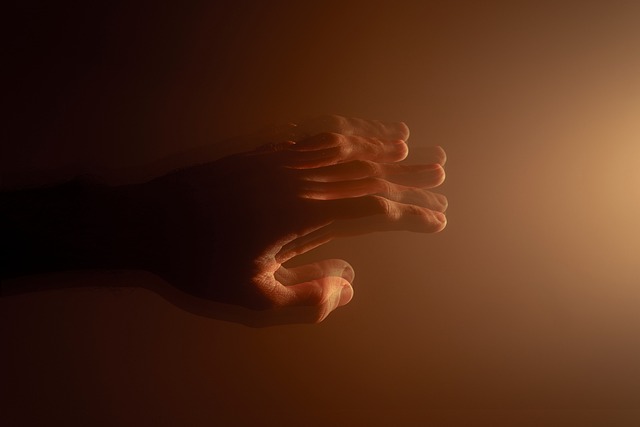
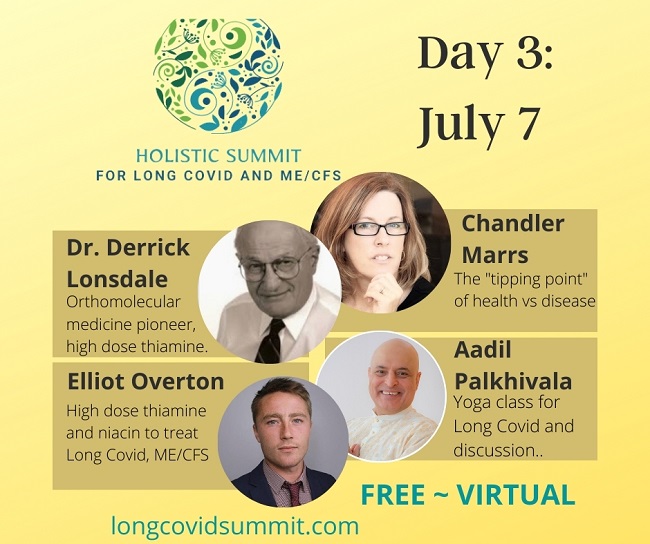
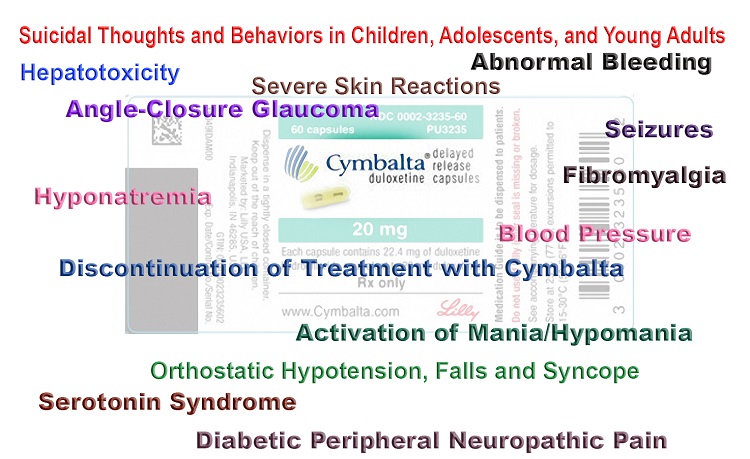

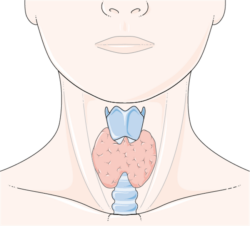


You should check out Dr Centeno’s YouTube videos on CCI (Centeno Shultz Clinic.) He is a Colorado doctor who does stem cell injections to correct and heal the ligaments causing CCI. He also talks about how the CCI can compress the vagus nerve and cause hormone issues, heart issues and other symptoms you have. It sounds like you would be a good candidate for his treatment and maybe be able to get your life back.
Hi, I have CCI too. Is anything helping you? have you tried b12 and c injections?